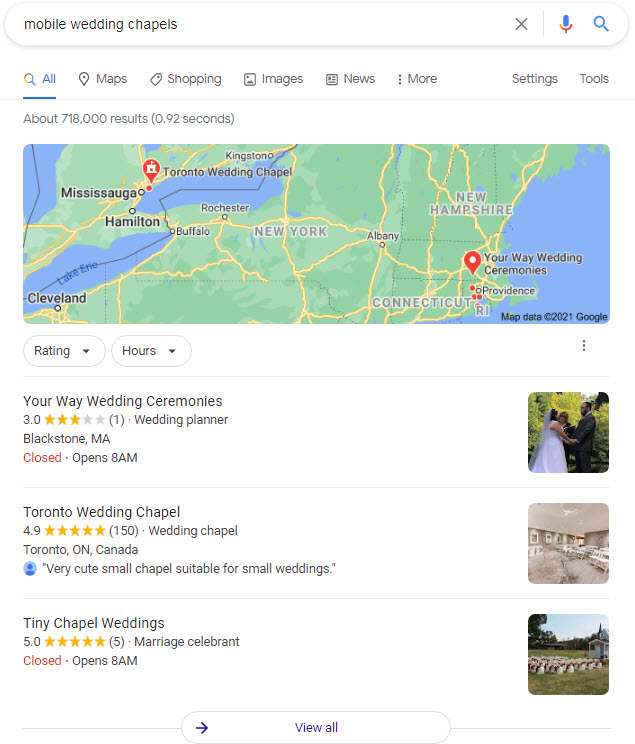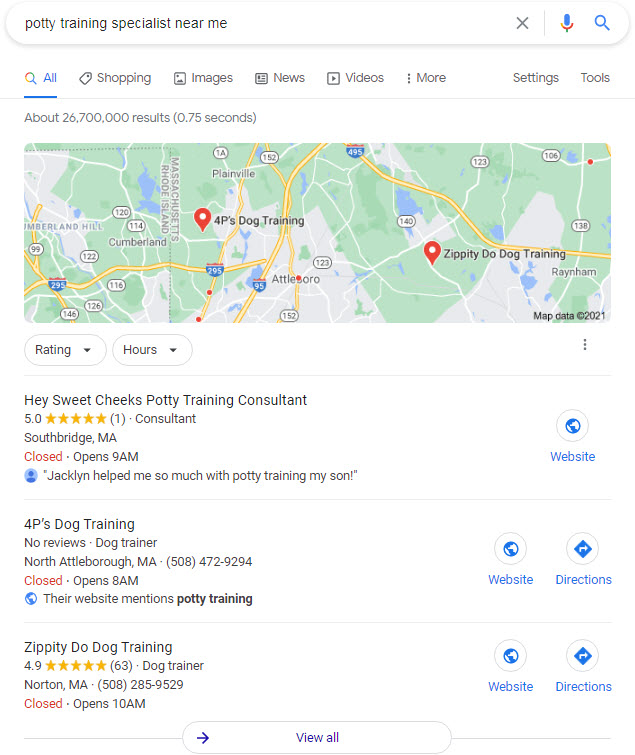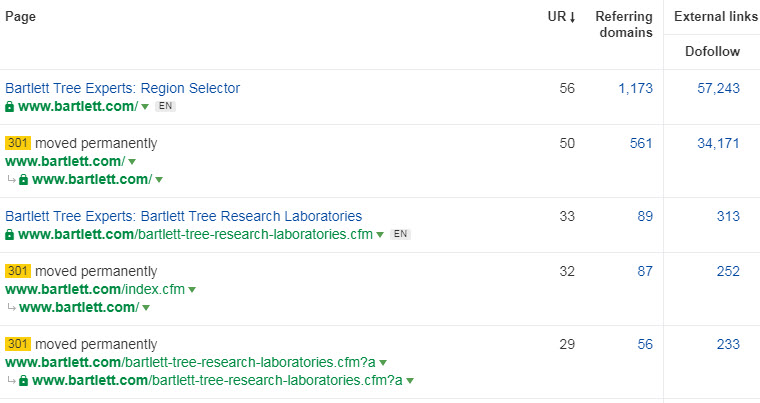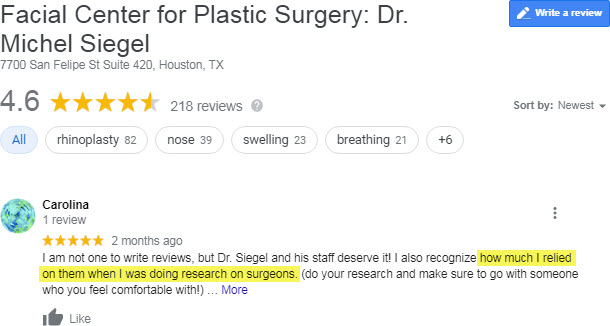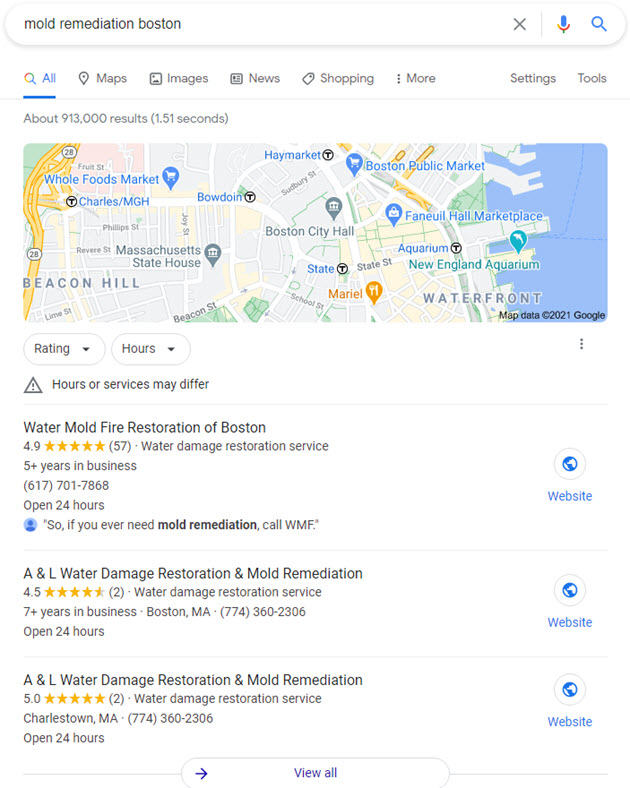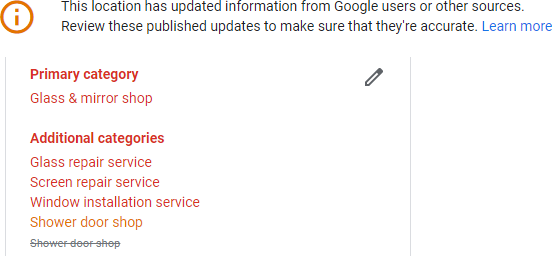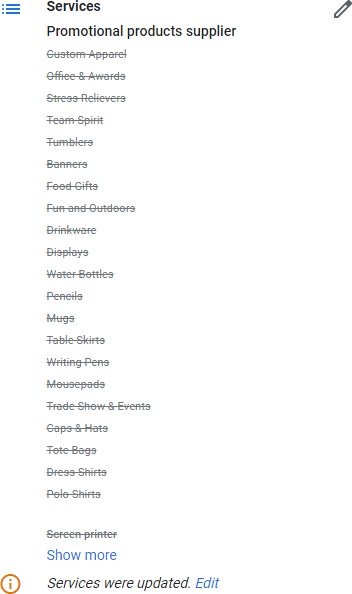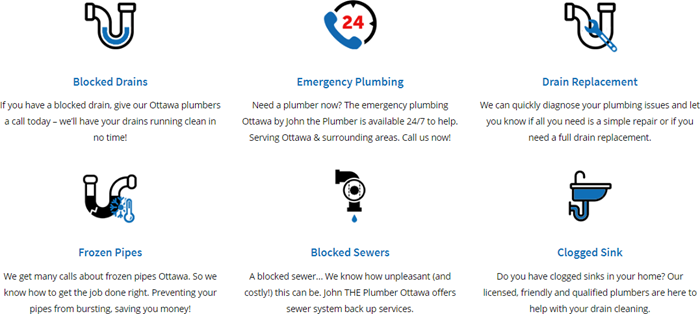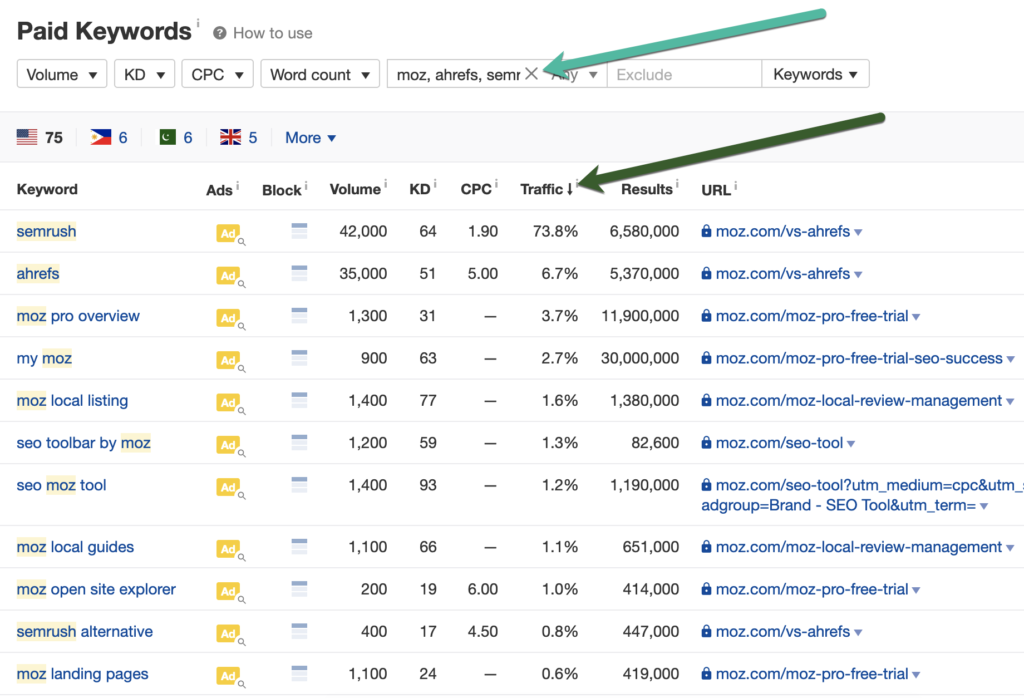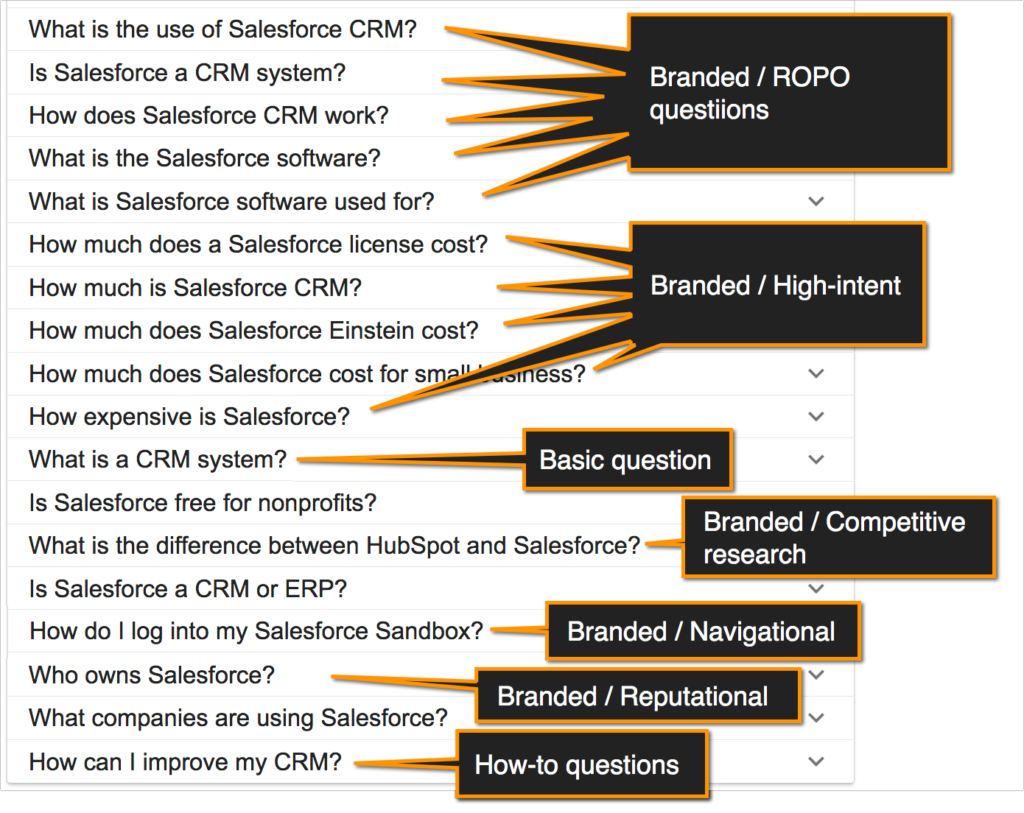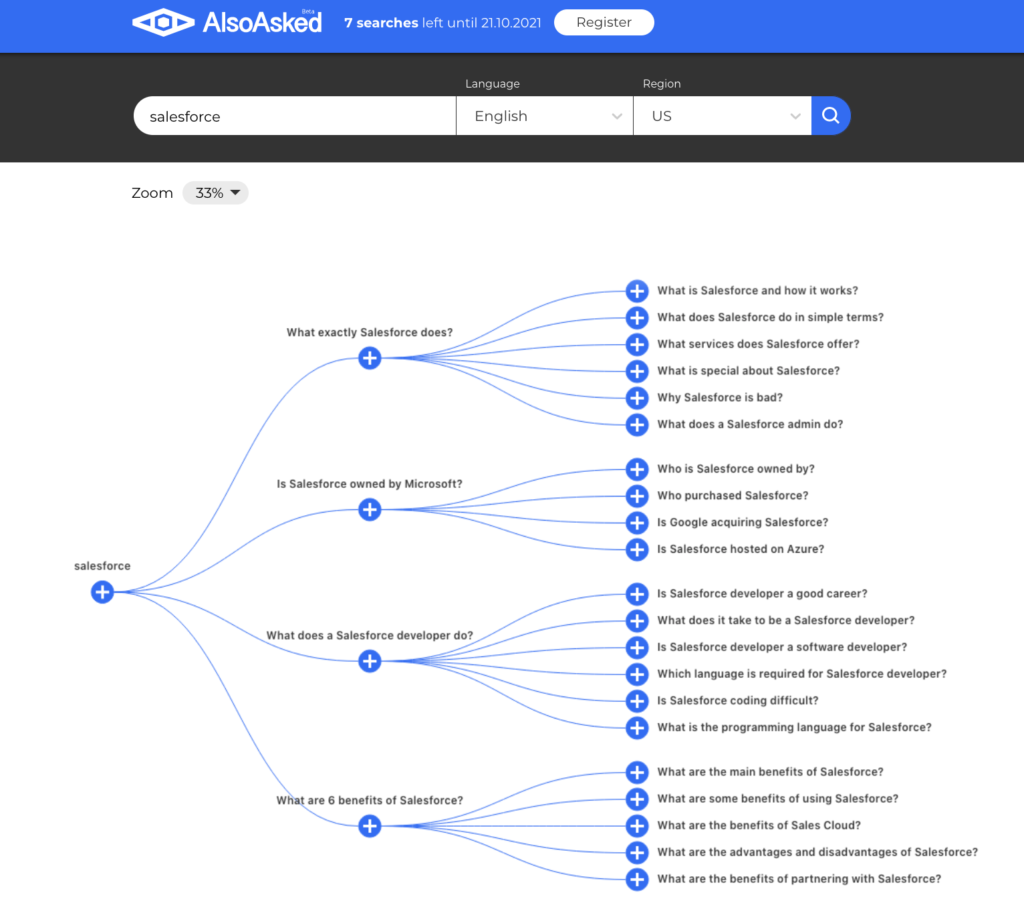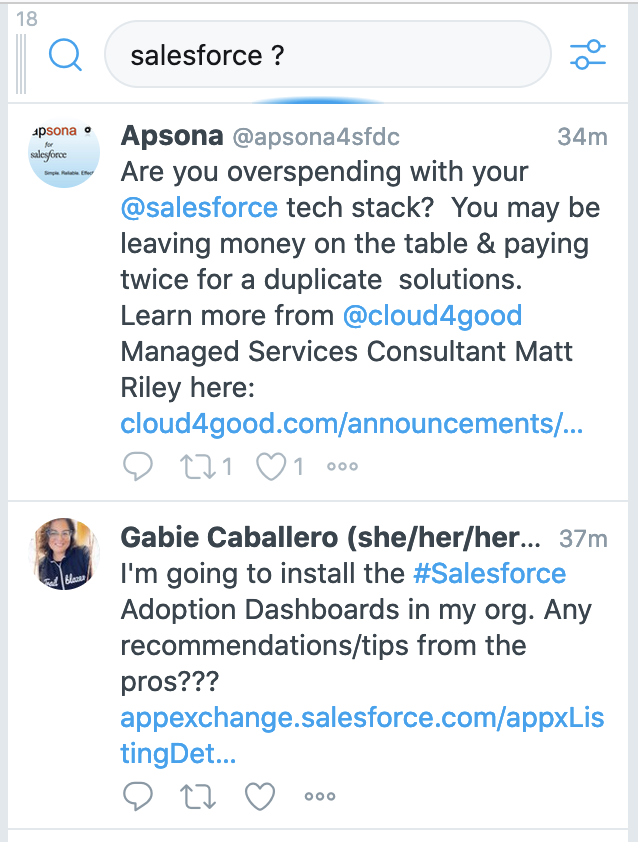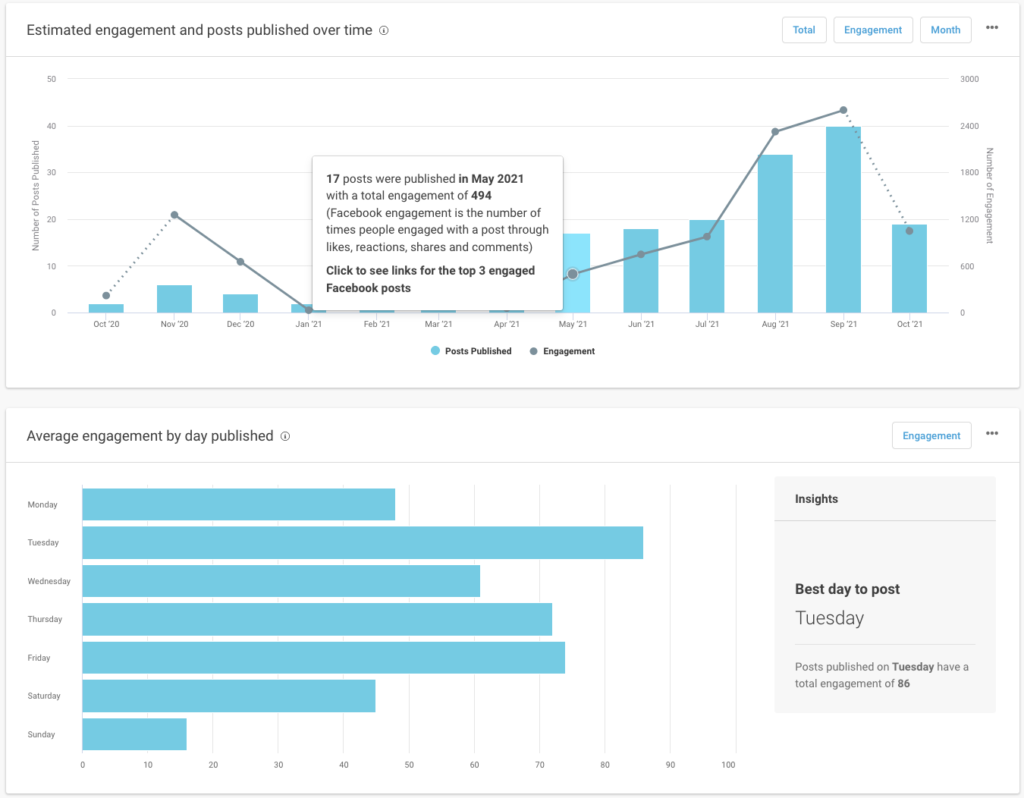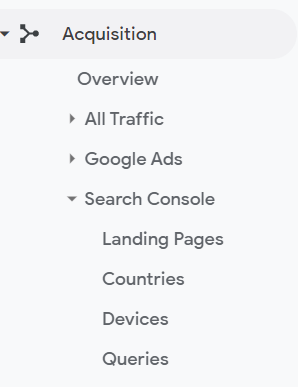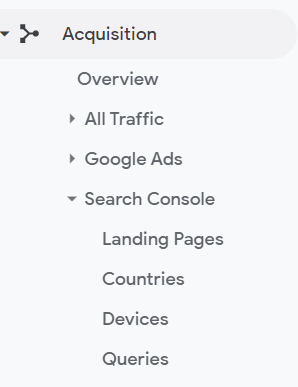
30-second summary:
Within the digital marketing space, the conversation around privacy and cookie changes has focused heavily on programmatic and paid socialBut how will third-party cookie deprecation and new privacy regulations impact paid search?Here is what search marketers can expect and how to prepare
In the digital marketing world, targeting, measurement, and optimization have foundationally relied on the ability to accurately track user behaviors and performance across the web. However, as we all know, platforms like Google and Apple have introduced privacy-focused initiatives over the past few years that complicate targeting and measurement for advertisers.
When discussing the impacts of these changes, much of the conversation has focused on programmatic and paid social, which are undoubtedly the digital channels feeling the greatest impact. What has not been discussed in great detail is the impact on search marketing. How should advertisers adapt their paid search strategies to adjust to these new realities?
Before digging into action items, let’s recap the newest updates and how they’ll impact paid search campaigns.
Chrome’s privacy updates will have a greater impact than iOS.
There are two key privacy changes top-of-mind for search marketers in 2021. App Tracking Transparency (ATT), introduced through Apple’s iOS 14.5 update, requires a user to opt-in before a company can track their data across other apps or websites. Fortunately, the impact of this update on search programs for most advertisers is limited. Advertisers may see fluctuations in universal app campaign (UAC) volume, and search properties with a larger app-based audience (for example, YouTube) will experience some degradation in measurement and targeting. By and large, though, the ATT update is more of an issue for programmatic advertisers than search marketers.
Google Chrome’s third-party cookie deprecation, coming in 2023, will have a larger impact on paid search. From a targeting perspective, remarketing lists for search ads (RLSA) will become less effective without data on users’ behaviors across non-Google properties. As of Q3 2020, RLSA accounted for 20 percent of Google search ad clicks for Merkle advertisers – so this is a significant segment of traffic. There will also be new measurement challenges, especially for companies relying on proprietary reporting tech.
While iOS 14.5 is already a reality for advertisers, there is more than a year left to prepare for Google’s third-party cookie deprecation. There are several steps search marketers can take now to optimize performance within a more privacy-focused environment.
1. Lean into first-party data audience solutions to target
Effective audience segmentation and targeting will continue to be critical in search moving forward. Google offers several in-platform audience options, such as in-market and affinity audiences, that don’t rely on third-party data and can be leveraged by advertisers indefinitely.
However, there’s a greater opportunity for organizations to differentiate themselves by crafting a strong audience strategy using their own first-party data with Customer Match. Many advertisers already use Customer Match to some degree, but the data may not be refreshed regularly, or it may not be segmented in detail. The transition away from third-party cookies is the perfect impetus for fine-tuning a first-party data strategy.
First, advertisers should assess the quality of their first-party data. How comprehensive is the data that’s collected? Are there a lot of duplicate records, or is there a reliable unique record for each customer? All of the slicing and dicing in the world won’t be helpful if the data you’re working with is fundamentally flawed.
Next, marketers should assess opportunities to segment their customer lists in meaningful ways – a single “email subscribers list” isn’t going to cut it anymore. Smart segmentation is always important, but it will become even more critical because it will empower Google to build more tailored similar audiences.
After establishing segments, there must be a plan to refresh those audiences frequently. Determine an appropriate cadence for updating customer match lists and determine who’s responsible for doing it. Currently, this can be done through the Google Ads API or within the Google Ads interface.
Once a foundation is in place for your audience strategy, revisit your approach quarterly to ensure that segments continue to align with attributes important to your customers and your business. This also creates a natural check-in point to confirm that lists are being updated as expected and that they’re all receiving traffic. If needed, audience bid modifiers should be adjusted to reflect current performance.
On the topic of bidding…
2. Test or transition to Smart Bidding to take advantage of Google’s proprietary signals
While we, as advertisers, will have lesser user data available to us without third-party cookies, Google will continue to have a wealth of information about its users and their behavior on Google-owned properties. Google Ads’ Smart Bidding allows advertisers to take advantage of those audience signals to reach the right person at the right bid with machine learning. That’s not to say that segmentation isn’t important with Smart Bidding – it still is. One of the many signals the bidder looks at is all of the audiences a given user belongs to, including customer match audiences.
Advertisers can and should take advantage of custom audience segmentations through Google Analytics, Looker, or Google Cloud Platform (Big Query). And they should automate the pushing of defined customer audiences to Google marketing activation to maximize business data with Google’s Smart Bidding.
Whatever your advertising goals may be, there is likely a Google Ads Smart Bidding strategy to suit your business needs. For search marketers not yet using Smart Bidding, it’d be smart to start testing in early 2022 to iron out any kinks and have a full-blown Smart Bidding approach before 2023.
3. Get comfortable with new reporting methods
We’ve talked a lot about adapting to the changes to come with targeting, but privacy updates also create challenges for reporting. There will be a measurement gap that advertisers need to solve. Fortunately, Google Ads has solutions in place to help fill holes with enhanced and modeled conversions.
Enhanced conversions improve reporting accuracy by using an advertiser’s hashed first-party data to tie a conversion event to an ad interaction. Enhanced conversions are powerful in that they make a one-to-one connection between an impression or click and a purchase. Modeled conversions, on the other hand, find their power in scalability; Google has been using them to report on cross-device conversions for several years. When used in combination, advertisers get the benefit of precision where a one-to-one connection exists, while smartly estimating conversions in areas where it does not.
As privacy regulations increasingly muddy the reporting waters, the stakes are higher to work with Google to fill the gaps. If you’re relying primarily on proprietary technology for reporting, consider using Google’s measurement system to get a more complete picture of performance. Understanding the full impact of search is critical for being able to optimize and allocate budgets effectively. Note that Google’s global site tag or tag manager is required to appropriately track conversions.
4. Monitor universal app campaigns for performance changes
Advertisers using UAC to drive app downloads via paid search should closely monitor performance for those campaigns. So far, Merkle has observed a slow downward trend in tracked installs as a result of Apple’s ATT update. To avoid the effects of ATT, some advertisers are increasing their investment in Android or shifting spend there entirely. UAC can continue to be an effective channel for marketers, but reduced visibility on iOS may require bid or budget shifts in order to hit performance goals.
Conclusion
Privacy updates are changing the way marketers approach targeting and measurement. Don’t panic – but do put a plan in place. With the right adjustments, search advertisers can effectively pivot along with the industry. More than ever, advertisers must value first-party audiences driven by search to further customer engagement, experiences, and marketing ROI. Using that first-party data, in conjunction with machine-learning-based bid strategies and modeled and enhanced reporting, will create a foundation to help future proof search campaigns for privacy updates in the years to come.
Matt Mierzejewski is SVP of Performance Marketing Lab and Search at Merkle Inc.
Subscribe to the Search Engine Watch newsletter for insights on SEO, the search landscape, search marketing, digital marketing, leadership, podcasts, and more.
Join the conversation with us on LinkedIn and Twitter.
The post Four tips for SEM teams to adjust to a privacy-focused future appeared first on Search Engine Watch.








